Skin Cancer on Breast: Or Is It a Symptom of Breast Cancer?
Breast cancer is one of the most common cancers that affects women. When someone spots a suspicious spot or rash on their breast, many people fear and also have a lot of confusion, like is it a skin condition, or is it a cancer, or is it a symptom of breast cancer, or what it is? It’s important to know that skin cancer can occur anywhere on the body, including the breast. So, understanding the difference is very important for early detection and effective treatment. Let’s clear all the confusion here in this blog.
First Things First: What Is Skin Cancer?
Before that, let us understand what a cell is. A cell is the smallest building block of all living things. Think of it like a house built with a lot of bricks—similarly, your body is built with a lot of cells. Each cell has a special job. Some cells help your body grow, some carry oxygen, some fight germs, and some make up your skin. These cells usually grow, work, and die in a normal, healthy way.
Then what is Skin cancer? Skin cancer means something is wrong with the way your skin cells are growing. Normally, skin cells grow in a regular and healthy way. But in skin cancer, they grow too fast and in the wrong way. This usually happens because of too much sun on your skin over time.
Most of the time, skin cancer shows up on areas that get a lot of sun, like your face, hands, or arms. But it can also appear in spots you wouldn’t expect, such as under the breast, even though that area is usually covered.
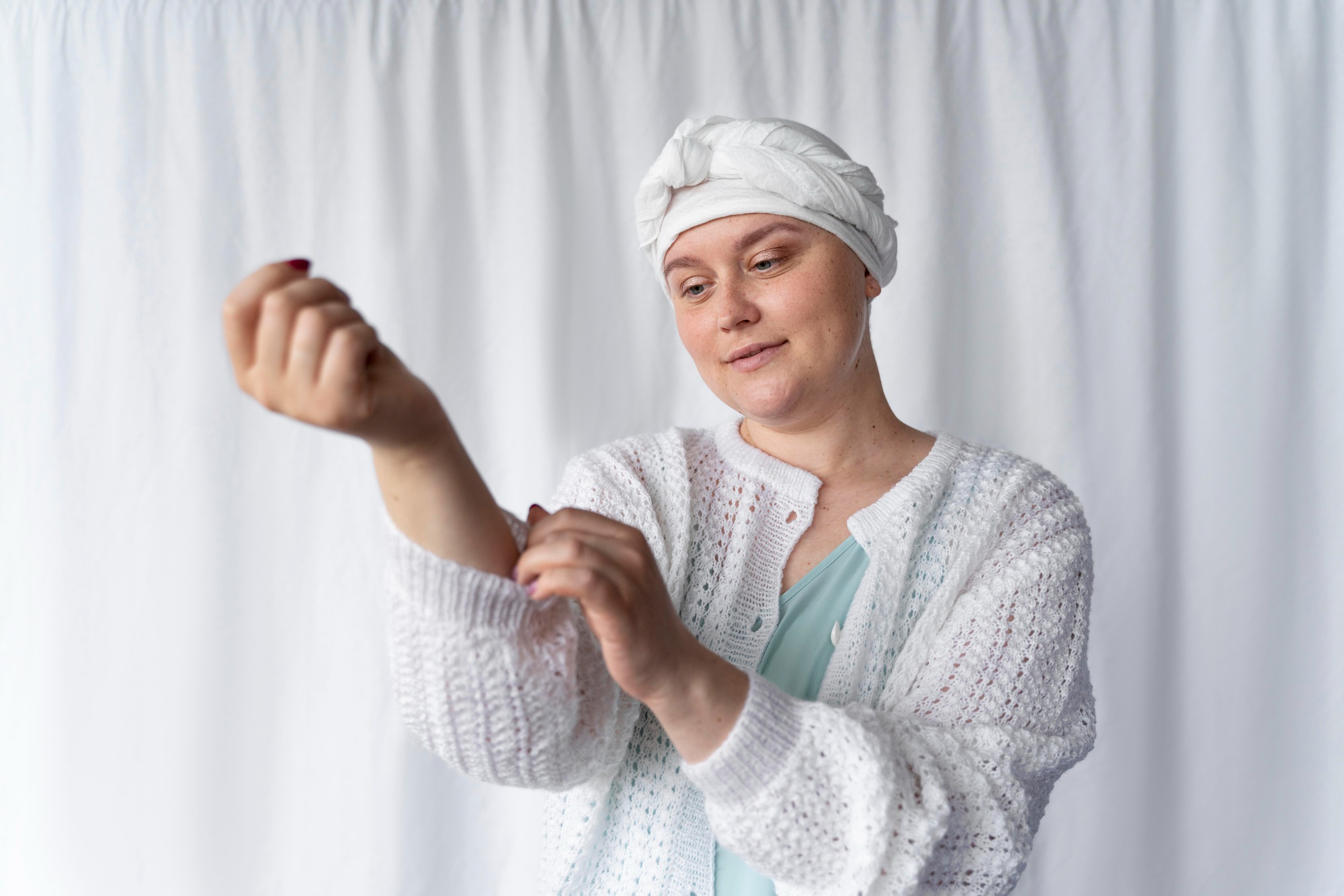
There are three main types of skin cancer:
Basal cell carcinoma (BCC) – This is the most common type. It grows slowly and doesn’t usually spread to other parts.
Squamous cell carcinoma (SCC) – This one can grow faster than BCC and may spread if not treated.
Melanoma – This is the most dangerous type. It can spread quickly to other parts of the body and become life-threatening if not found early.
Each type looks a bit different on the skin and needs different types of treatment.
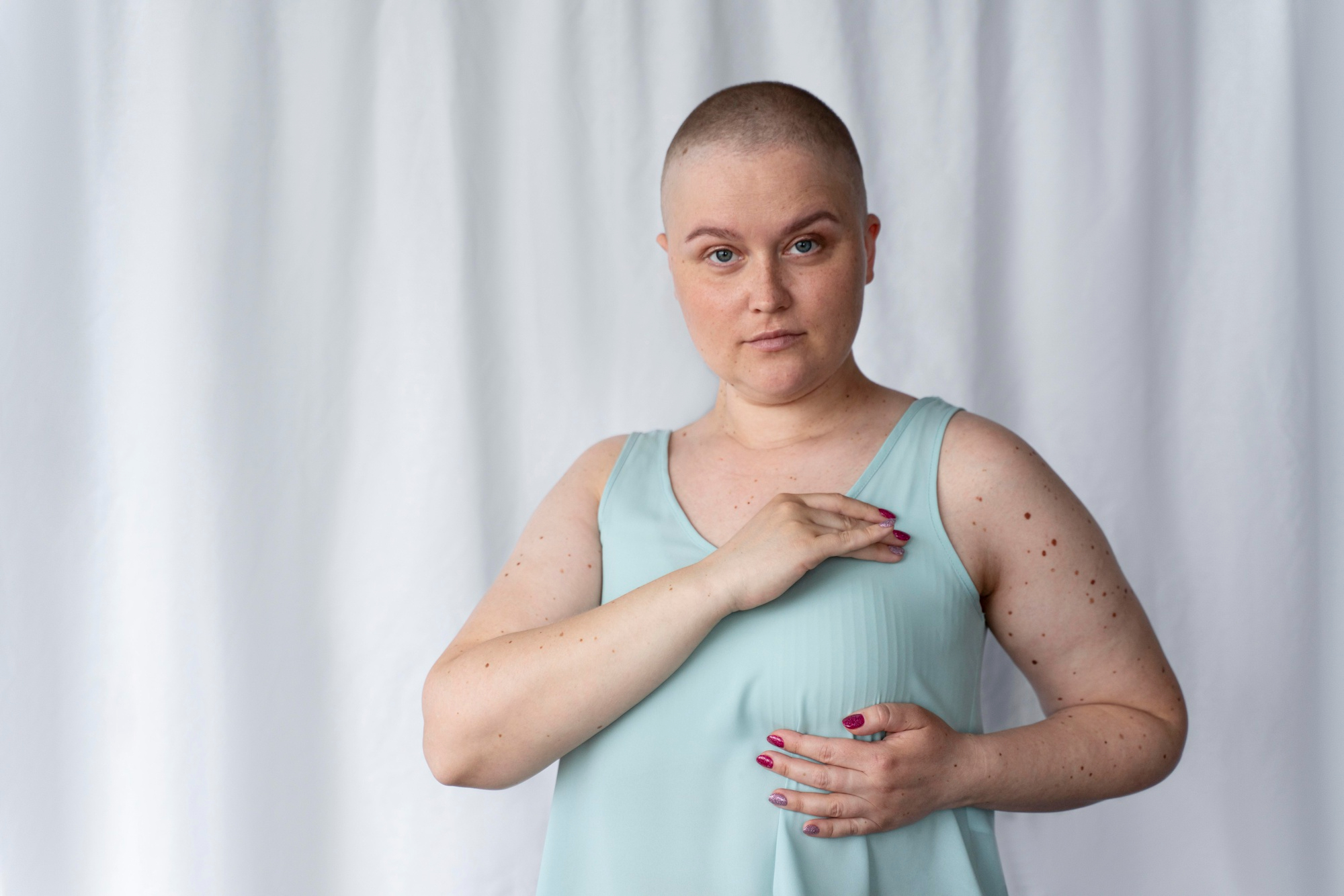
What Is Breast Cancer, Then?
Breast cancer happens when the cells in the breast start growing in the wrong and uncontrolled way. It usually begins in the small tubes (called ducts) that carry milk, or in the parts of the breast that make milk (called lobules). Over time, it can spread to nearby body parts or even to other areas of the body.
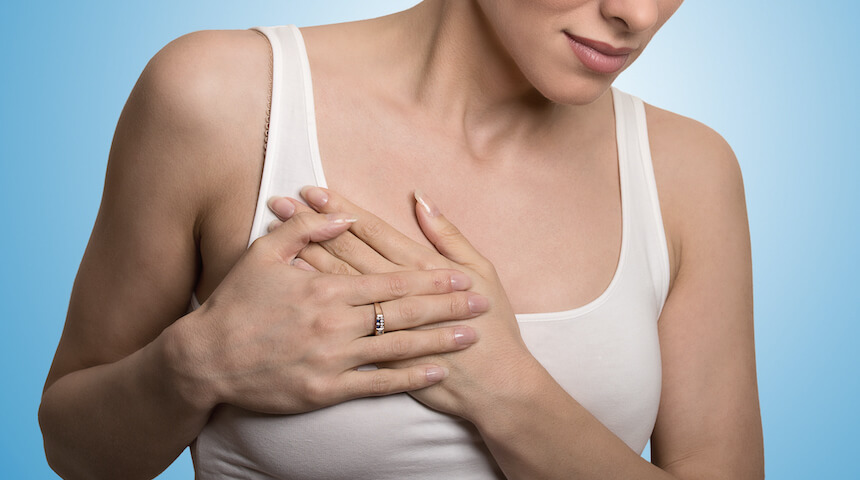
Signs of Breast Cancer:
- A lump in the breast or underarm
- Change in breast shape or size
- Skin that looks pulled in or wrinkled, like it’s dimpling or puckering
- Discharge from the nipple, especially if it has blood in it
- Skin on the breast that looks like the surface of an orange peel (bumpy and swollen)
Here’s where it gets confusing: Did you know, some signs of breast cancer can be seen on the skin, which might look like a skin problem at first. But the real issue is deep inside the breast, not just on the surface.
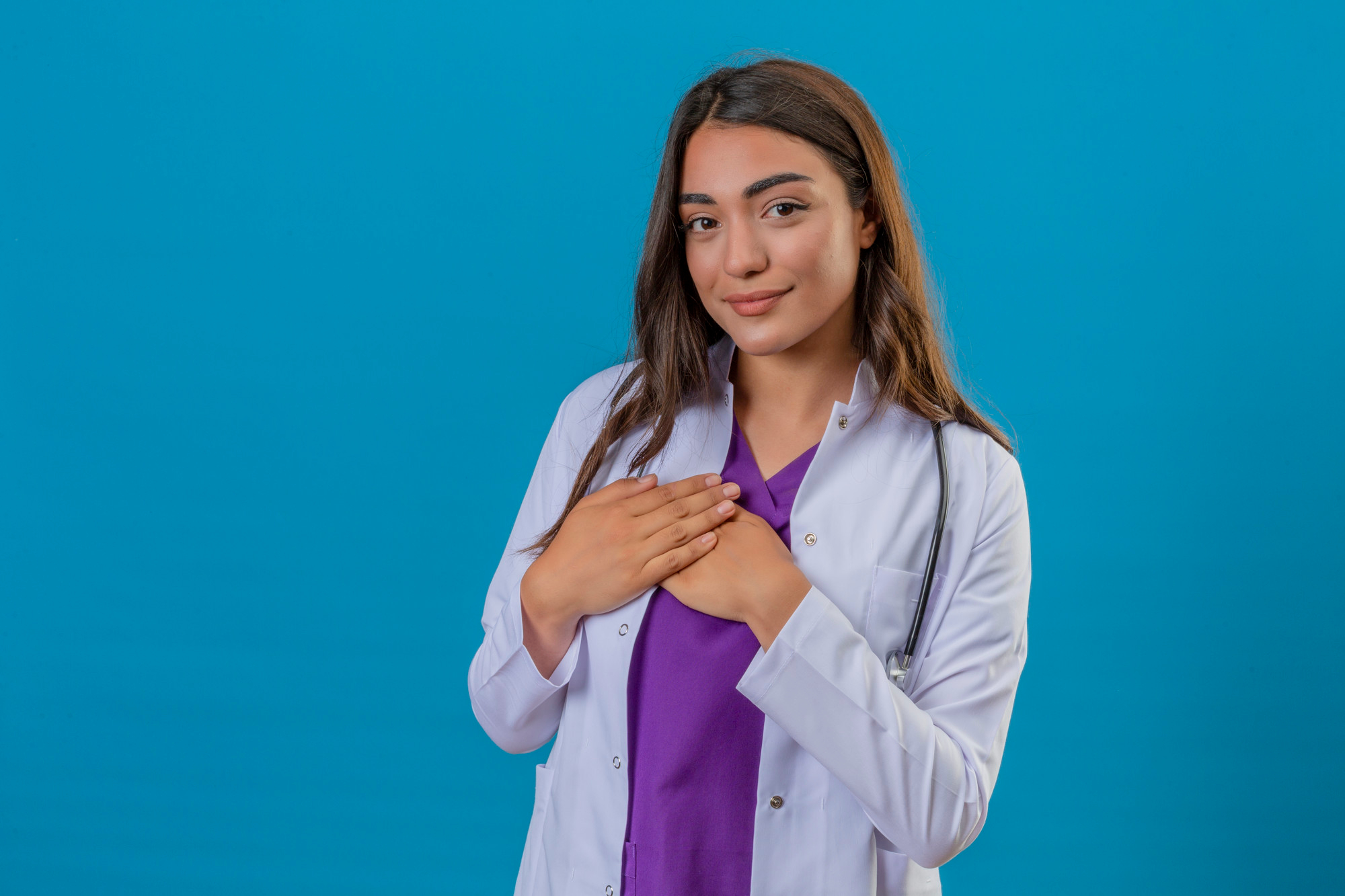
What Causes Skin Cancer on the Breast?
Skin cancer can happen anywhere on your body. Here are some common reasons why it might happen:
- Too much sun on the skin
- Family history – if others in your family have had skin cancer, your risk may be higher
- A weak immune system
- Radiation exposure – for example, from past medical treatments
- Older women and unhealthy lifestyle people
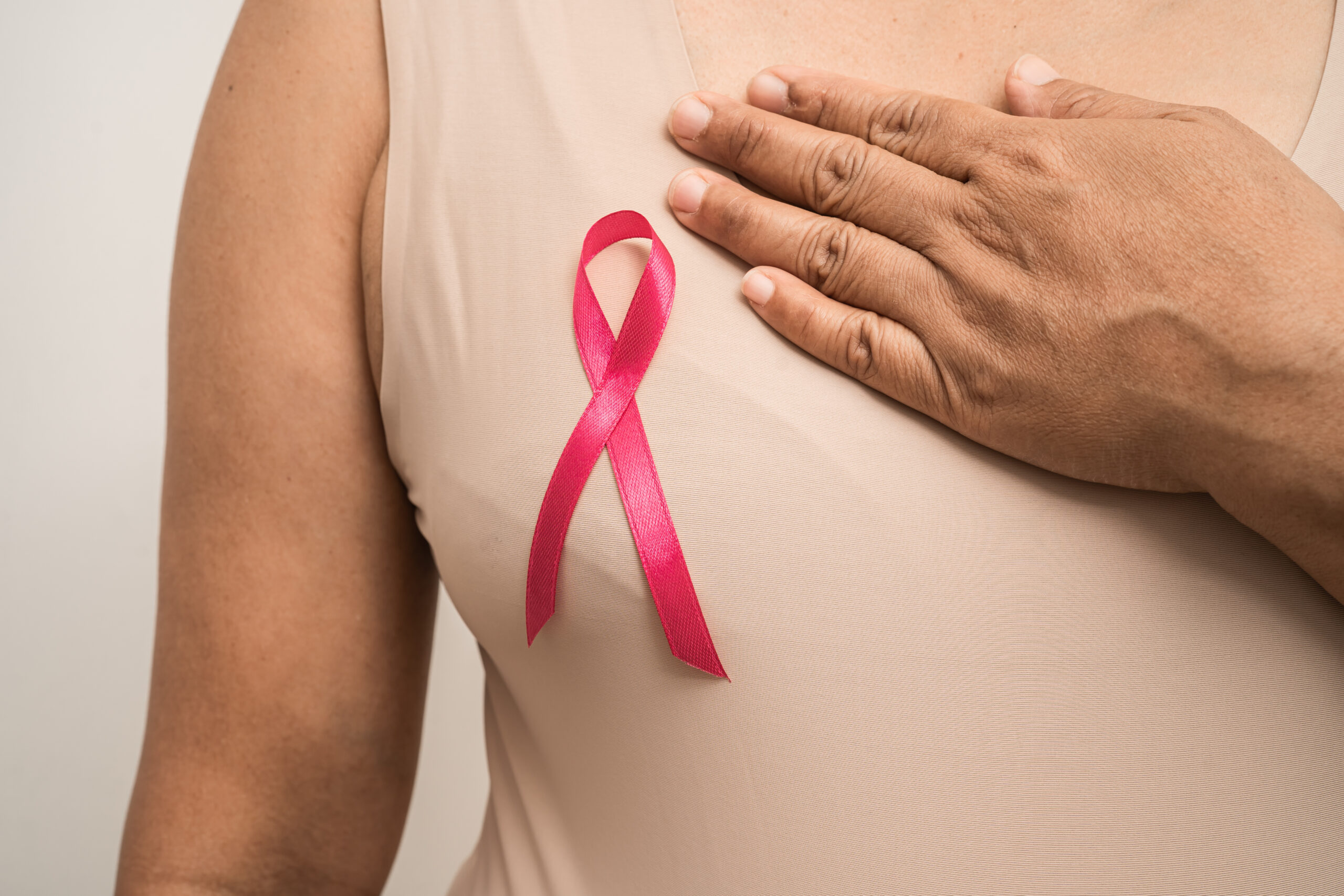
Can Skin Cancer on the Breast Be a Sign of Breast Cancer?
This can be a bit tricky to understand, but in most cases, the answer is NO. They are two different problems. But in some rare cases, breast cancer can show signs on the skin, which makes it look like a skin problem at first.
Here are two special types of breast cancer that can affect the skin:
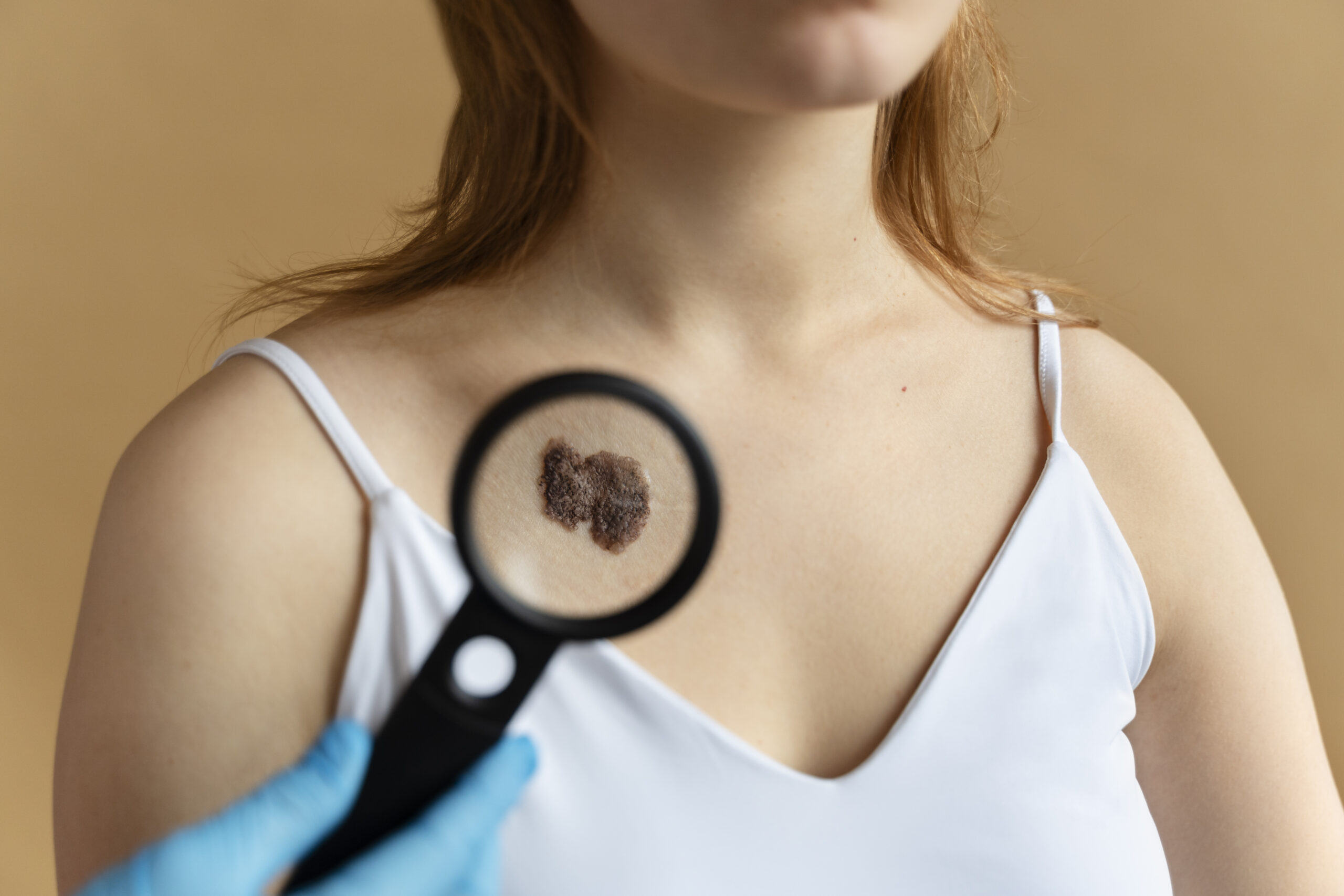
- Inflammatory Breast Cancer (IBC)
- This is a rare but serious type of breast cancer
- It causes redness, swelling, and warmth on the breast
- The skin might look like it’s bruised or infected
- Paget’s Disease of the Nipple
- This is also a rare type of breast cancer
- It starts inside the nipple and spreads to the skin around it
- It can look like eczema or a skin rash—red, itchy, and flaky
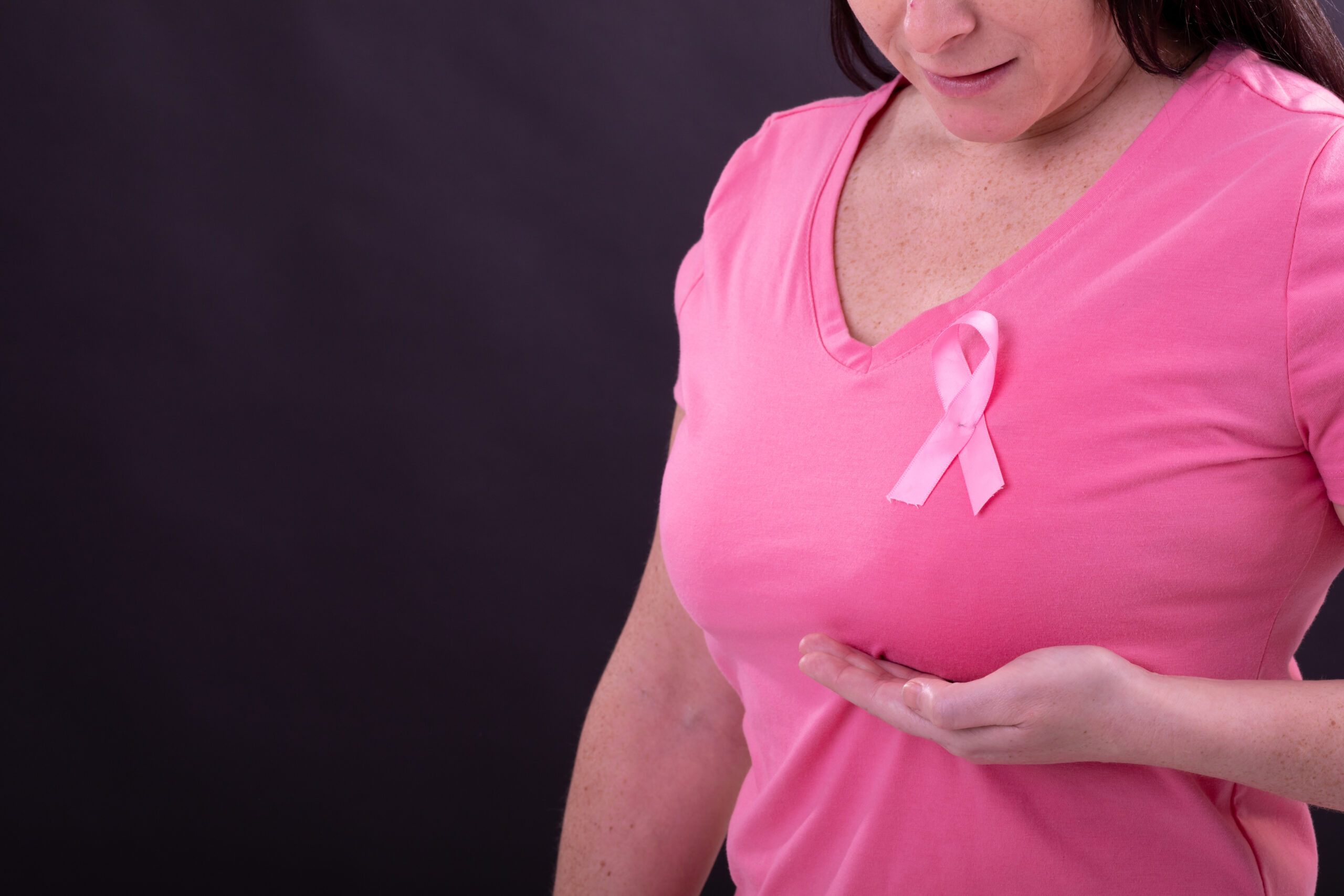
Comparison: Skin Cancer on Breast vs. Breast Cancer Skin Symptoms
| Feature | Skin Cancer on Breast | Breast Cancer with Skin Symptoms |
|---|---|---|
| Origin | Outer skin layer | Inside breast tissue |
| Type | BCC, SCC, Melanoma | Inflammatory Breast Cancer, Paget’s Disease |
| Appearance | New mole, sore, bump, or scaly patch | Skin dimpling, redness, swelling |
| Common Symptoms | Mole changes, sore that doesn’t heal, crusty patches | Swelling, redness, scaling, skin looks like orange peel |
| Pain | Usually painless | May feel tender, warm, or painful |
| Spread | Slower (except for melanoma) | Faster, especially in aggressive types |
| Risk of Spread | Less aggressive (usually) | More aggressive |
| Treatment | Dermatological (topical creams, surgery) | Oncological (chemotherapy, surgery, radiation) |
What Should You Do If You See a Skin Change on the Breast?
- The most important thing- Don’t panic, but don’t ignore.
- Analyze the change – Just take pictures, note the date and analyze the problem.
- Visit a dermatologist for skin evaluation frequently.
- Consult a breast specialist if the change is near or on the nipple or if there are other symptoms.
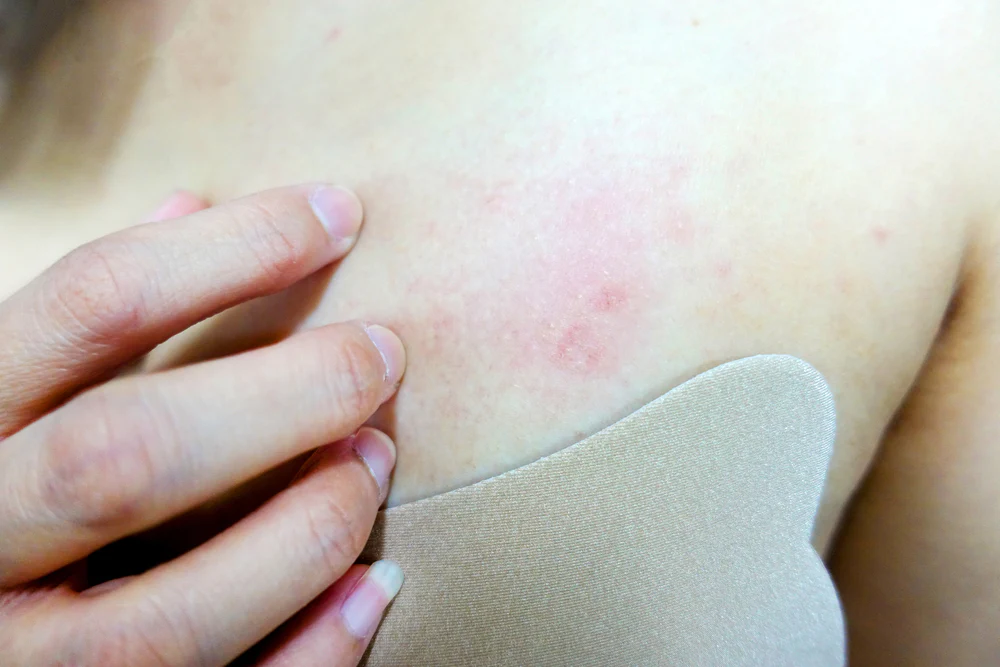
How Are Skin or Breast-Related Symptoms Diagnosed and Treated?
When you visit a doctor because of unusual skin changes on your breast, they will first look closely at the area. Depending on what they see, they may do the following:
Take a small sample of skin (called a biopsy) to check for skin cancer under a microscope
If they think the problem might be deeper inside the breast, they might suggest tests like a mammogram or an ultrasound
Treatment Options
If it’s Skin Cancer:
Cryotherapy – freezing the cancer cells
Surgery – cutting out the cancer
Creams or lotions with special medicine (topical chemotherapy)
Radiation therapy (in some cases)
If it’s Breast Cancer:
Surgery – removing the lump (lumpectomy) or the whole breast (mastectomy)
Chemotherapy or hormone therapy – to kill or block cancer cells
Radiation therapy – using strong rays to destroy cancer
Targeted therapy – using special medicines that attack only the cancer cells
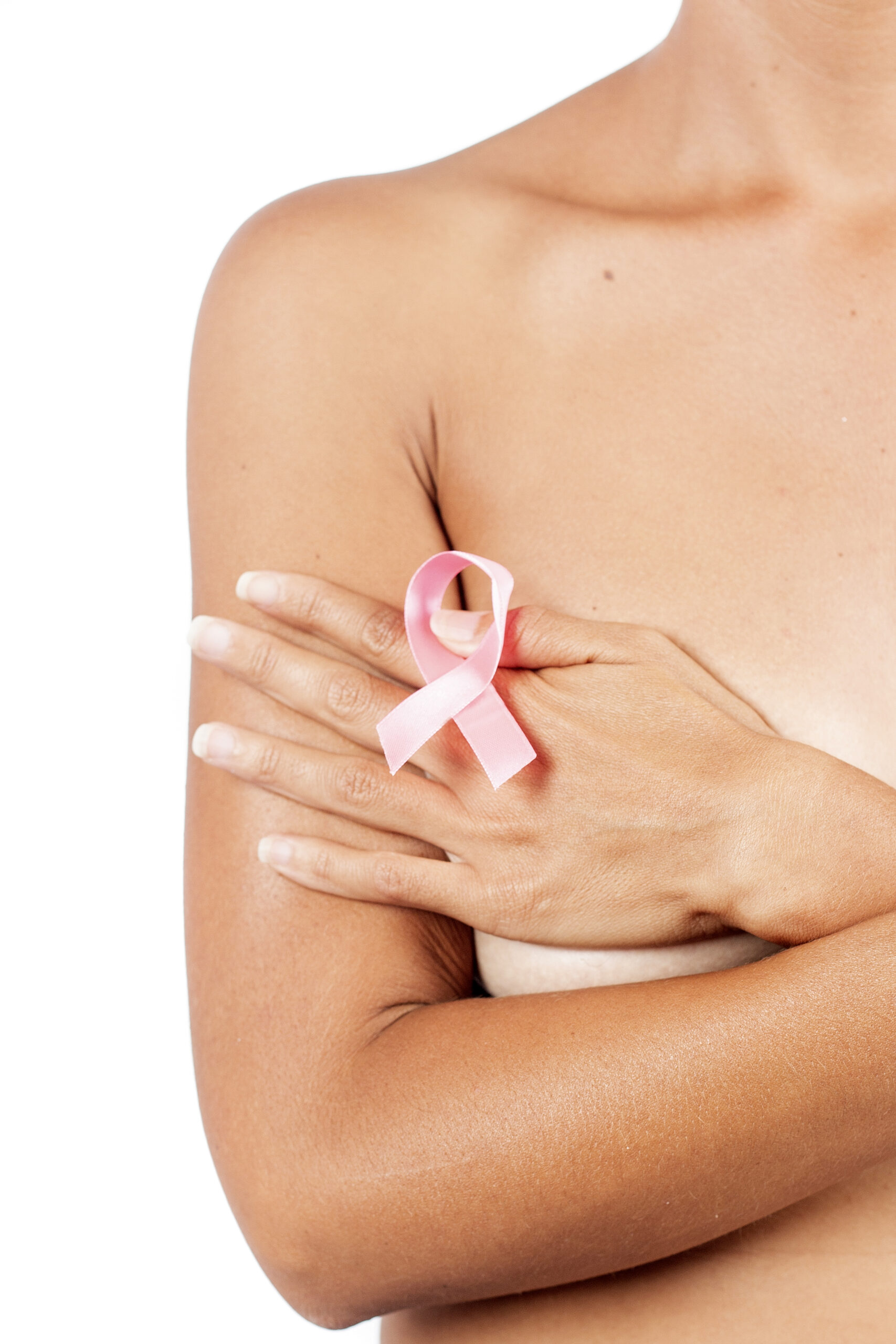
Can You Stop Skin Cancer on the Breast Before It Starts?
Yes, of course, there are some easy things you can do to help prevent it:
- Use sunscreen on your chest.
- Wear protective clothing, like a t-shirt or cover-up, when you’re out in the sun for a long time.
- Don’t use tanning beds.
- Check your skin regularly at home. Look for any new spots, moles.
- See a skin doctor (dermatologist) if you notice anything that doesn’t look or feel right.
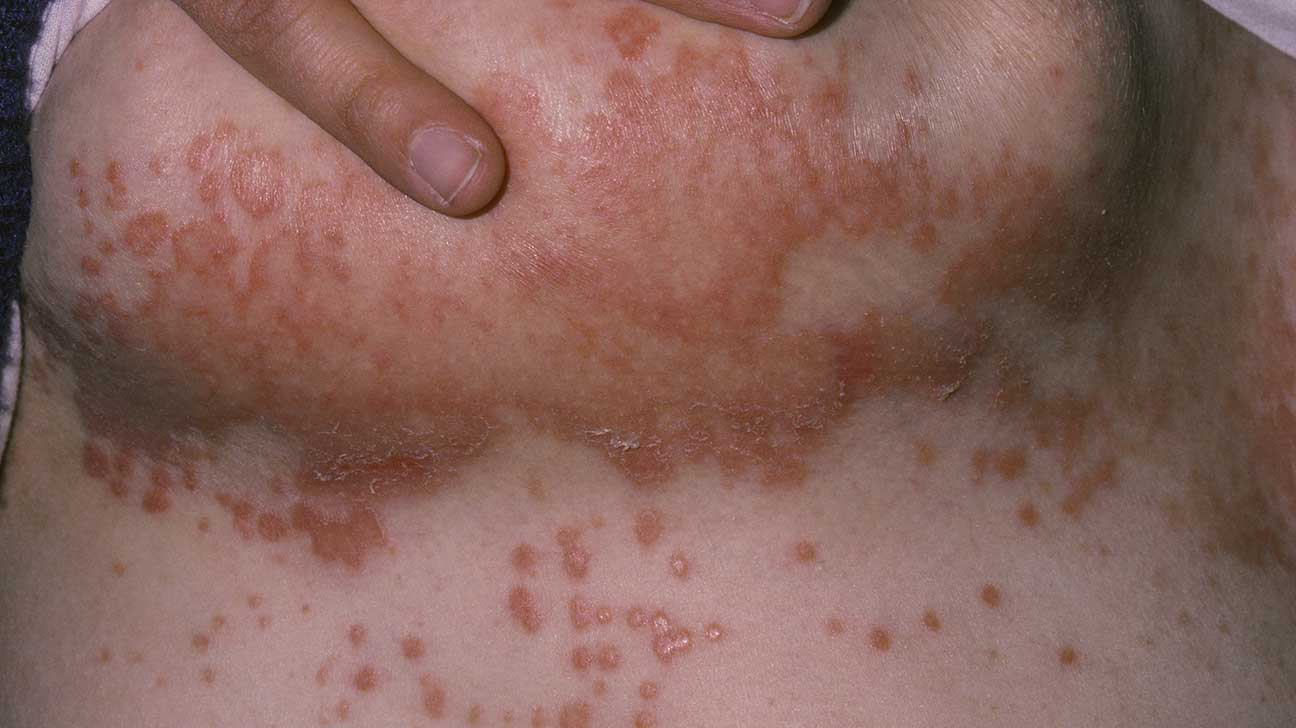
Common Myths and the Truth About Skin and Breast Cancer
Myth 1: “Skin cancer only happens on parts of the body that get a lot of sun.”
Truth: Skin cancer can happen anywhere on the body, even in places that don’t get much sun—like the breast.
Myth 2: “A rash on the nipple is just eczema.”
Truth: Some rashes may look like eczema but could be a sign of a rare type of breast cancer called Paget’s disease. It’s always good to get it checked.
Myth 3: “If it doesn’t hurt, it can’t be cancer.”
Truth: Most cancers don’t cause pain at first. Just because something doesn’t hurt doesn’t mean it’s harmless.
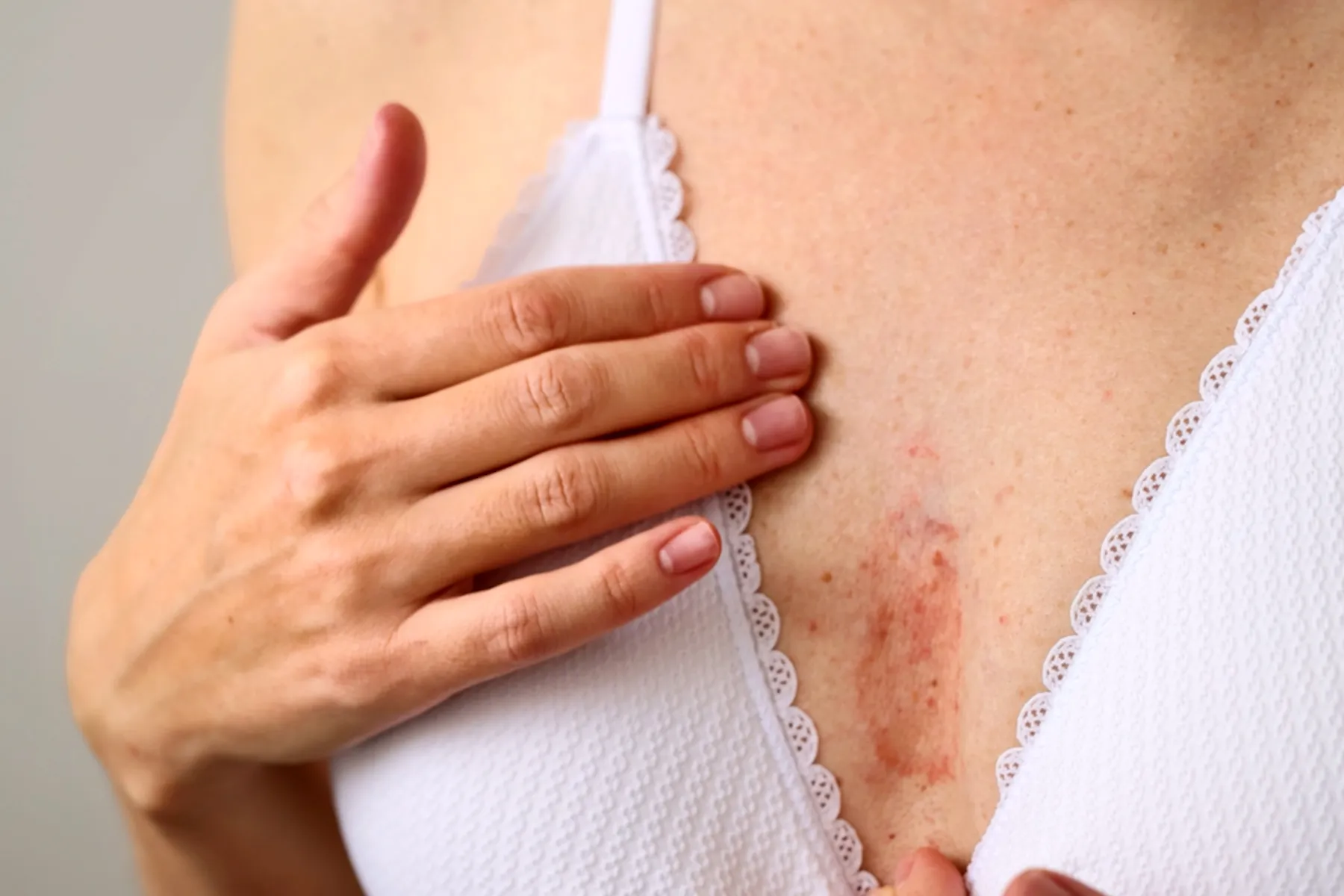
Final Thoughts: What You Need to Remember
Not every skin problem on your breast is serious, but it’s really important to know the difference between skin cancer and breast cancer signs that show up on the skin.
The best way to stay safe is to:
- Pay attention to any changes on your breast
- Learn what to look for
- See a doctor early if something doesn’t seem right
Your body often gives you signs when something is wrong—you just need to listen.
Stay safe. Stay informed. And don’t be afraid to ask for help when you need it.
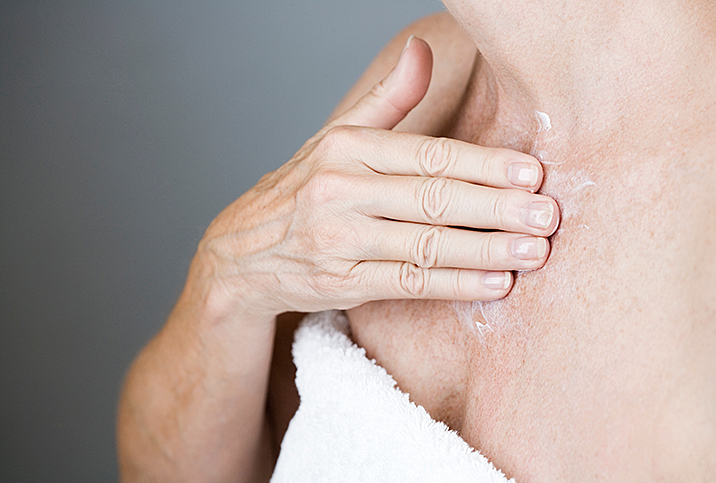
Frequently Asked Questions (FAQs)
- Can skin cancer on the breast turn into breast cancer?
→ No, they are separate conditions. But both need timely medical attention. - Are all skin rashes on the breast dangerous?
→ No, but persistent or unusual rashes should be evaluated by a doctor. - How often should I do a breast self-exam?
→ Once every 2-3 months is a good rule. Pair it with a skin check for full coverage. - Can men develop skin or breast cancer on the chest?
→ Yes. Both conditions can affect anyone, regardless of gender. - Can a mole on the breast be dangerous?
→ Yes, if it changes shape, colour, or size—it should be checked.
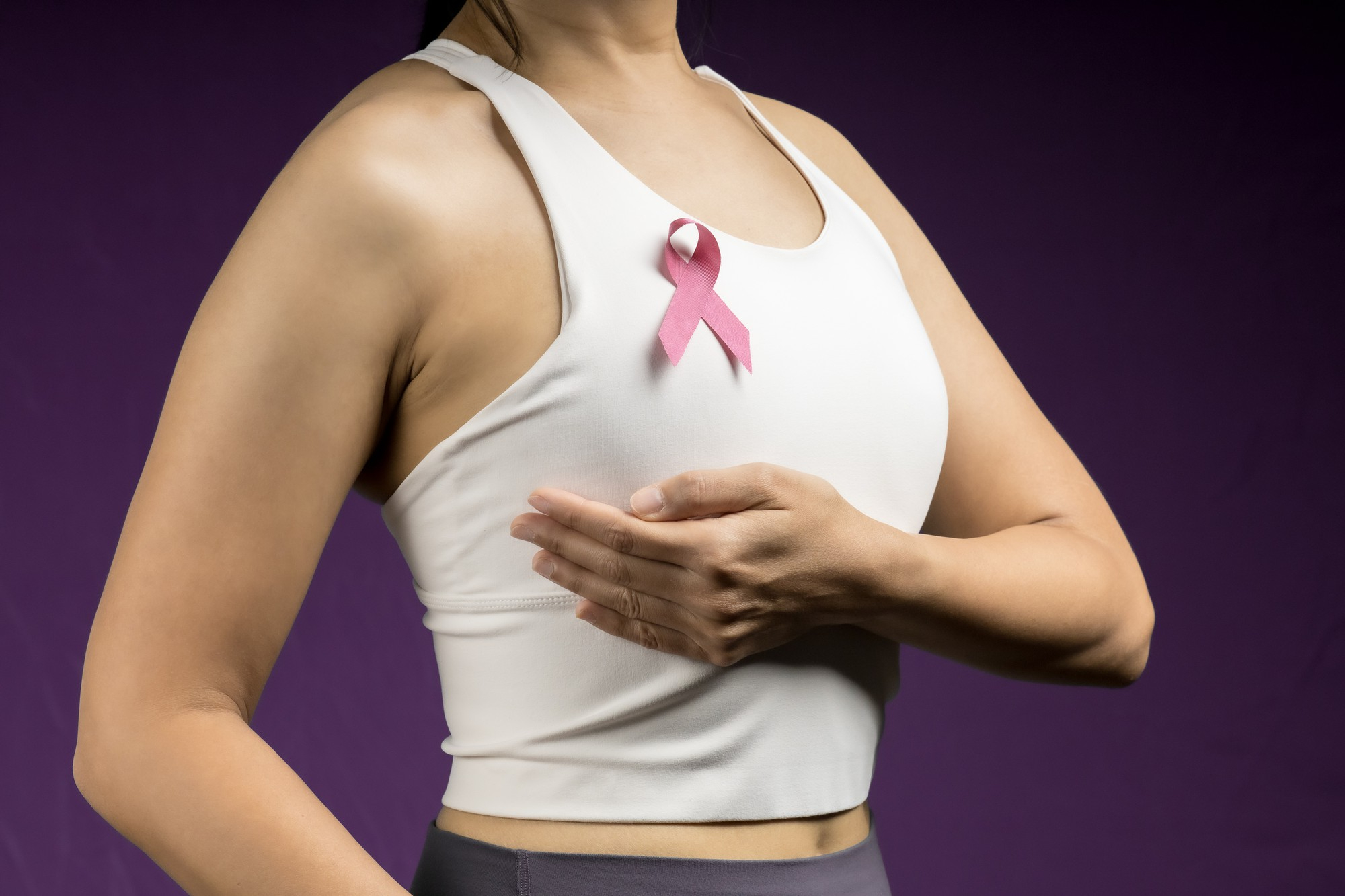
To explore trusted cancer medications, visit Medicine Mart’s Anti-Cancer Collection.

